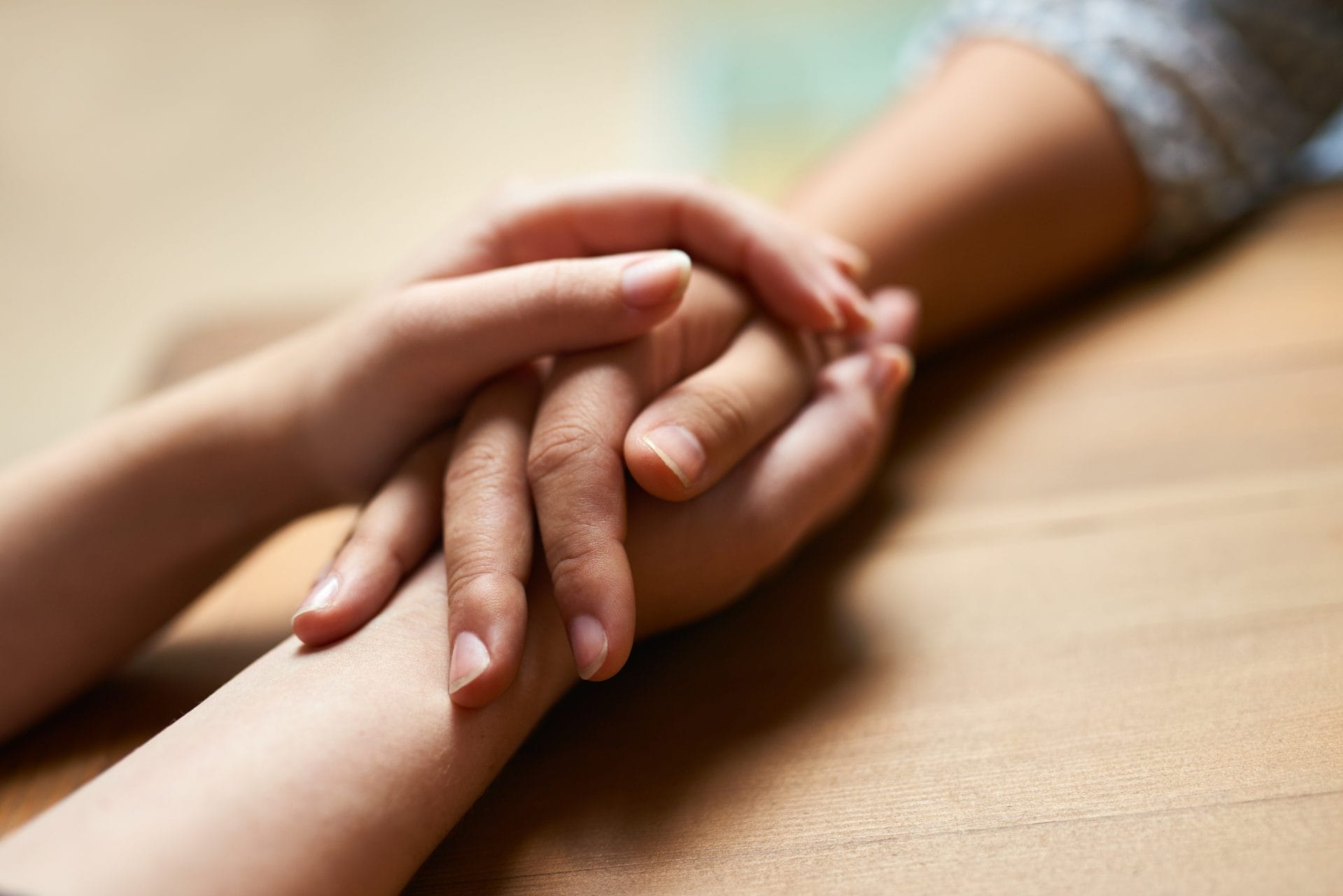
Saving Lives from Gun Suicide
My father owns a.243 bolt-action hunting rifle.
He keeps it out of the house in a secure location. I don’t know where it is and I don’t want to; I can’t know. A few months ago, during my senior year of high school, I voluntarily entered a rehabilitation center for anxiety and depression. I have returned to San Francisco a stronger and more resilient woman, but ever since I’ve gotten back, I can’t stop thinking about his gun.
Of course firearms are on my mind. It’s 2019 and everyone’s high school experience has been indelibly tainted by gun violence. The US Centers for Disease Control and Prevention reports that the number one cause of non-accidental teen deaths in the US is suicide; teenage suicide deaths spiked 56% between 2007 and 2016. Despite the media blitz created by mass shootings, the majority of firearm deaths in this country are suicides. These mass killings are deeply troubling and spark important conversations, but suicide is a substantially more widespread consequence of easy access to guns. It’s just not a conversation the media and most Americans are ready to have.
In the United States, millions of teens and children have easy access to guns. This is the result of a Second Amendment distorted beyond recognition by the NRA and a greedy firearms industry, in deadly combination with the unlocked closets and open bedside drawers of oblivious parents. In their discussions, legislators continually miss the most important point: guns are killing teenagers like me every day in numbers that will only grow if they refuse to act.
Suicide by firearm is by far the most lethal way for a person to attempt suicide, and unlike other methods, it’s fast and irreversible.
Research shows that 71% of people who attempt suicide act on this thought within the first hour of deciding to do so. Forty-eight percent of people act within the first 10 minutes. Suicide is usually an impulsive act, and when people reach for a gun in these brief moments of crisis, they rarely survive.
More than 90% of non-gun related suicide attempts are not fatal. They are impulsive attempts to reduce temporary and very real pain. In stark contrast, when people in crisis reach for a gun, they die 84% of the time. The vast majority of 350,000 people who used guns to attempt suicide between 2000 and 2015 would have likely survived if they had attempted suicide without a gun. Hundreds of thousands of people could be alive today if firearms weren’t so readily accessible.
It’s far too easy to get a gun—but that doesn’t mean that suicide is inevitable.
States with more lenient gun laws and higher gun ownership rates have more suicide deaths. According to one study by researchers at Northeastern and Harvard, the prevalence of household firearm ownership explains 67% of the variance in suicide deaths from state to state. By comparison, the rate at which people actually attempt to commit suicide accounts for only 1% of that variation.
I live in California, which has the strongest gun laws in the nation and only a 19.8% gun ownership rate. Consequently, California’s gun suicide rate is far lower than a state like Alaska’s, for example, which has a gun ownership rate of 61.7% and the highest gun death rate in the country. California has laws in place to establish a waiting period, obtain a license, and pass a background check to prevent easy access to firearms. I feel incredibly lucky to live in a state with these protections.
But what about other states?
I have decided to focus my energy on something that students across the nation have shown me I can influence: policy.
Universal background checks and extreme risk protection orders (ERPOs) are absolutely necessary to control who can get their hands on a gun and who can’t. In some states, firearms are sold and transferred without a background check at yard sales, gun shows, or through online classified ads every day.
ERPOs are another way that legislators can take action to help prevent gun suicides in their states. These laws allow a person close to an at-risk gun owner to petition a court to temporarily suspend this person’s access to guns and ammunition. ERPO laws also authorize local law enforcement to disarm severely suicidal or dangerous individuals using the same process. After the ERPO expires, the person regains access to their firearms. This law has broad public support, which has inspired legislative action at the state level in places like Massachusetts and Illinois, but the NRA continues to try and block the implementation of these laws.
I still think about my father’s gun and I pray I never find it. This past November, my vote and my voice counted for something for the first time. I am a young, passionate individual who will continue to speak out against the deadly combination of guns and mental illness long after this essay is published. I will push for policies allowing commonsense reforms that can save lives from suicide, and I will take inspiration from the Parkland survivors, joining their cause to support thoughtful gun reform.